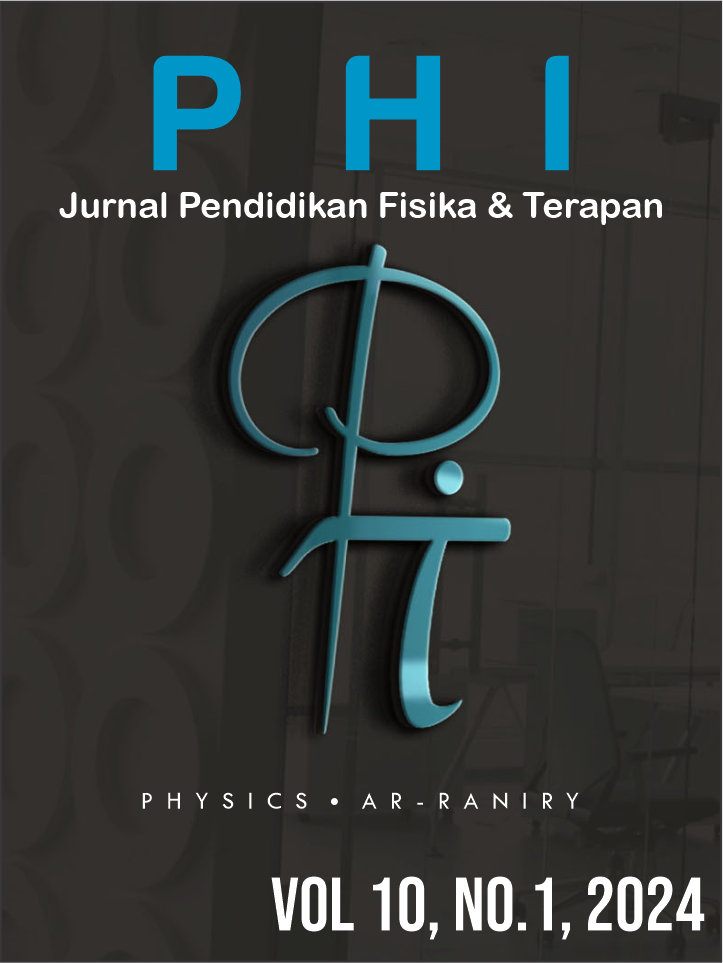Identification of Pesticide-Saturated Soil Using Near-Surface Geophysics Method
DOI:
https://doi.org/10.22373/p-jpft.v10i1.22364Keywords:
soil, pesticide, resistivity, pH, EC, TDSAbstract
Harmful substances deposited in the soil can disrupt soil functions, leading to environmental pollution and harm. Pesticides are one example of these harmful substances. Absorption of pesticides into the soil can lead to infertility and negatively impact overall soil health. Therefore, a study was conducted to identify pesticide-saturated soil near the surface and map the soil health conditions around Situ Cisanti. The research utilized geoelectric methods and collected soil and water samples from the inlet (a) and outlet (b) areas of Situ Cisanti. After conducting measurements around Situ Cisanti, the data collected include soil resistivity, ranging from 0.483 to 2.04 Ωm (a) and 658 to 2787 Ωm (b). Soil pH levels were 8.9 - 9.0 (a) and 8.9 (b). Soil Electrical Conductivity (EC) and Total Dissolved Solids (TDS) measured 250 - 280 μs and 194 - 207 ppm (a), and 240 μs and 178 ppm (b). Water pH was 7.7 (a) and 8.7 - 9.1 (b). Water EC and TDS were 100 μs and 83 ppm (a), and 80 - 180 μs and 65 - 94 ppm (b). The results indicated higher pesticide contamination in the outlet compared to the inlet, signifying potential risks to soil health.References
Alzwar, M., Akbar, N., & Bachri, S. (1992). Peta Geologi Lembar Garut dan Pameungpeuk, Jawa, skala 1: 100.000. Puslitbang Geologi, Bandung.
Bronto, Sutikno, Achnan Koswara & Kaspar Lumbanbatu. (2006). Stratigrafi Gunung Api di Daerah Bandung Selatan, Jawa Barat. Jurnal Geologi Indonesia, Vol.1, No.2, 89-101.
Ngadimin, & G. Handayani. (2001). Aplikasi metode geolistrik untuk alat monitoring rembesan limbah (penelitian model fisik di laboratorium), JMS. 6.1, p. 43-53.
Rahma, A., & Zulfian. (2020). Identifikasi Ketebalan Lapisan Tanah Gambut Menggunakan Metode Geolistrik Tahanan Jenis 3D ( Studi Kasus : Daerah Parit Haji Husin II Kecamatan Pontianak Tenggara Kota Pontianak ). Prisma Fisika, 8(3), 221–228.
Silitonga, P.H., (1973). Peta Geologi Lembar Bandung, Jawa,. Direktorat Geologi, Bandung.
Soininen, H. (1985). The behavior of the apparent resistivity phase spectrum in the case of two polarizable media. J. Geophysics 50: 810-819.
Downloads
Additional Files
Published
Issue
Section
License
Authors who publish with Jurnal Phi agree to the following terms:
- Authors retain copyright and grant the journal right of first publication with the work simultaneously licensed under a Creative Commons Attribution License (CC BY 4.0) that allows others to share the work with an acknowledgment of the work's authorship and initial publication in this journal.
- Authors are able to enter into separate, additional contractual arrangements for the non-exclusive distribution of the journal's published version of the work (e.g., post it to an institutional repository or publish it in a book), with an acknowledgment of its initial publication in this journal.
- Authors are permitted and encouraged to post their work online (e.g., in institutional repositories or on their website) prior to and during the submission process, as it can lead to productive exchanges, as well as earlier and greater citation of published work (See The Effect of Open Access).

















